- Click to share on Facebook (Opens in a new window)
- Click to share on Twitter (Opens in a new window)
- Click here to share on LinkedIn (Opens in a new window)
- Click to email a friend (Opens in a new window)
Editor's Note: Daniel Nepstad is president and chief executive officer of the Earth Innovation Institute. The opinions expressed in this article are those of the author.
(CNN) - The fires that burned in the Amazon in recent weeks have captivated the world. Politicians, celebrities and citizens - from the president of France, Emmanuel Macron, to the Portuguese soccer star Cristiano Ronaldo - have expressed concern about the damage done to the region.
But they have also spread: misconceptions.
Myths have been spreading about the Amazon rainforest that will not help, and that could exacerbate, the problem caused by fires. Something is clear: the fires in the Amazon constitute an emergency situation that could get much worse in the coming weeks.
And as our attention is now focused on the Amazon we have the opportunity to launch a long-term strategy in Brazil to keep the Amazon healthy.
So what is true and what is false? It's time to make things clear.
- Look: human greed continues to devastate huge areas of the Amazon
1: The Amazon forest is the “lung” of the Earth since it provides 20% of the world's oxygen
False. There is a very large reserve of oxygen in the atmosphere and the net contribution of the Amazon to this reserve is quite small. The Amazon forest produces a huge amount of oxygen every year by photosynthesis, but also consumes a huge amount every year by breathing; Yes, trees breathe. The net flow of oxygen that remains in the atmosphere varies from year to year, but on average it is close to zero.
2: The Amazon rainforest is on fire
This is true, with one caveat. We do not know how much of the virgin Amazon rainforest - the parts that have never been felled or burned - is burning right now. Virgin forests in the Amazon are very resistant to fire in normal years, but lose that resistance when they suffer severe droughts. The Amazon is currently not experiencing a severe drought, although we have only spent half of the dry season.
Fires in virgin Amazon forests are, in general, very close to the ground - one can step on them - by the dense shadows and high humidity inside the forest that keep the leaves and branches moist. Consequently, they are not usually detected by satellites. When you see photos of Amazonian forests with fires in the treetops, it is most likely that those forests had already been cut down to sell the wood or that the fire had damaged them in previous years.
We know that there is a huge area of dead forest that is burning this year. These are forested areas that were felled with electric saws, dried and now set on fire to make room for the crops needed for livestock. These fires are large, release large amounts of smoke and are very difficult to control.
- READ: Fires in the Amazon: the world of this indigenous community is changing by fire
3: The Amazon is approaching a “critical moment” after which it will be very difficult to save it
This is true. We are seeing the early signs of a marked descent into a vicious circle of drought, fires and dead trees which, in my opinion, is the biggest threat to the Amazon in a world that is warming.
Much of the rainfall in the Amazon is generated by the forest itself, through the steam produced by the jungle when water from the leaves of the trees evaporates high above the ground. When forests are cleared, less water vapor passes into the air and droughts become more likely. As deforestation and climate change produce more severe droughts, fires in the virgin forest will be more frequent and widespread.
These seemingly innocuous fires kill many of the giant trees in the jungle, and when those trees fall to the ground, the jungle becomes more vulnerable to new fires, especially when damaged areas are invaded by highly flammable grasses and shrubs.
4. The number of fires in the Amazon this year is unprecedented
False. The number is high, but not unprecedented. So far, this has been the year with the most fires since 2010.
According to statistics from the Global Fire Emission Database, the number of fires in the Brazilian Amazon states until August of this year is 25% higher than the average number of fires in the same period from 2010 to 2018. The number of fires each year correlates with the area of deforestation and the severity of the drought during the dry season.
5. The deforestation of the Amazon progresses enormously
Deforestation is increasing, but it is still below its historical average. From 1996 to 2005, deforestation in the Amazon covered an average of 20,000 square kilometers per year. It was reduced by 77% to 4,600 square kilometers in 2012 due to the expansion of the protected forest area, the hard hand with illegal logging and restrictions on agricultural credits and has been increasing slowly since then.
Preliminary estimates of the Amazon in 2019 indicate that deforestation is increasing, pointing to the highest annual rate in a decade, with a total of 5,884 square kilometers from January to August.
6. The Amazon rainforest is doomed to die
This is false in the near future. It is possible to save the Amazon if Brazil and the other Amazon nations improve their programs to combat forest fires and restore forest cover that has been destroyed. If forests are allowed to grow back naturally and degraded lands are actively restored, it is possible to reverse many of the negative impacts of deforestation.
The good news is that the most damaging fires, those burning in virgin forests, are also the easiest to put out. The key is to discover these fires as soon as possible and respond quickly with teams of farmers and local farm workers who have been trained in firefighting techniques.
We have the tools to save the Amazon. We just have to use them.
The long-term outlook for the Amazon is more uncertain. If droughts become more severe and frequent due to climate change and deforestation, it could be very difficult or impossible to prevent a large-scale change from the Amazon rainforest to scrub vegetation that is likely to be highly flammable.
Amazon




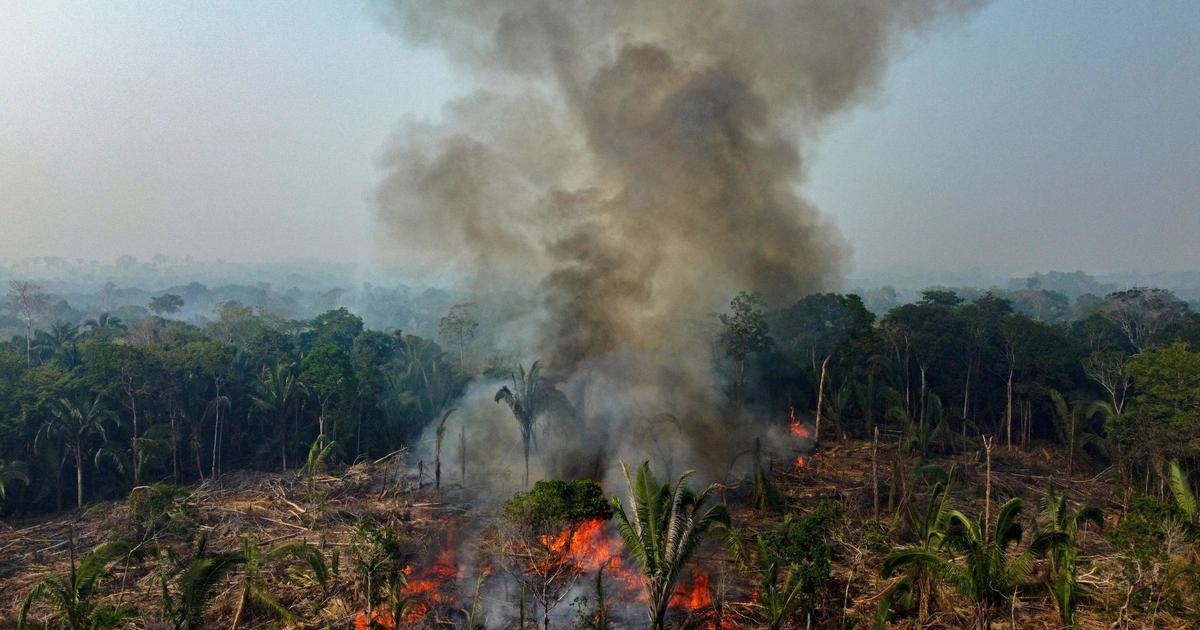
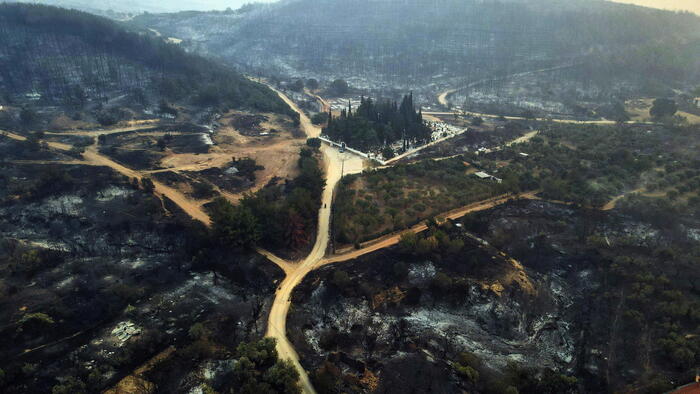
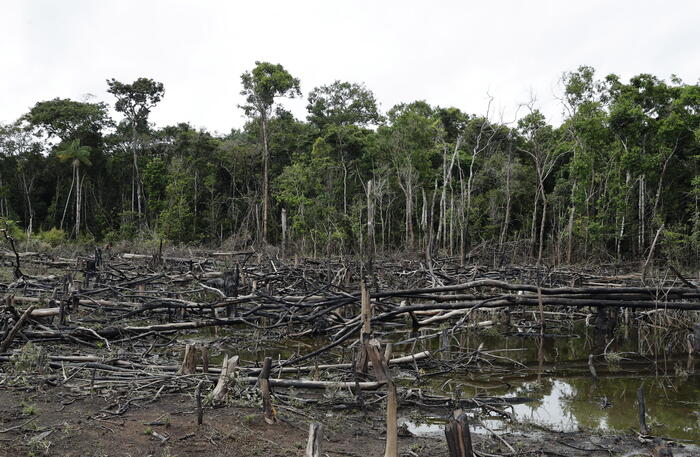

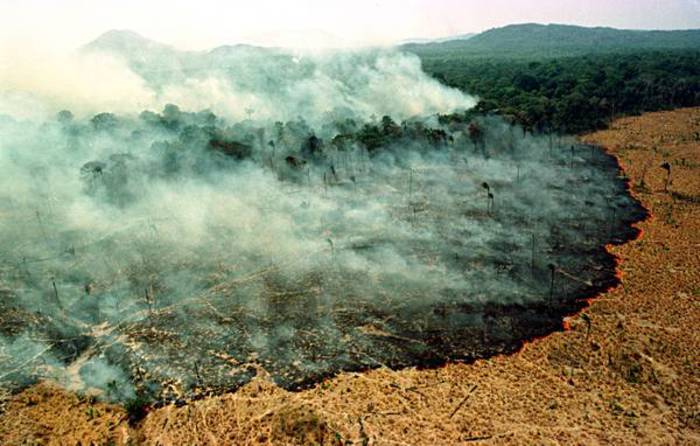
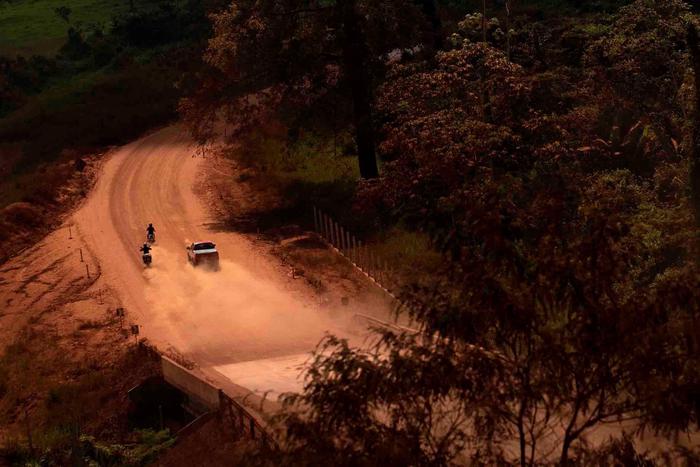


/cloudfront-eu-central-1.images.arcpublishing.com/prisa/KMEYMJKESBAZBE4MRBAM4TGHIQ.jpg)


